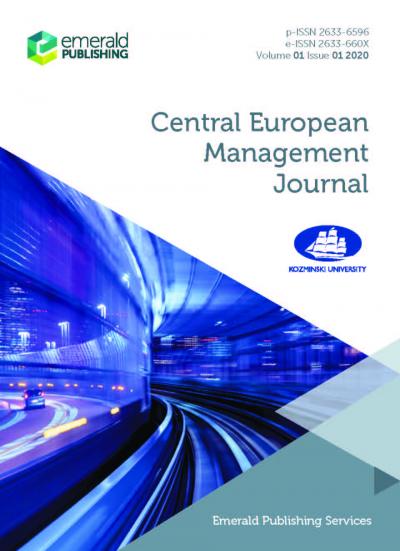Interfrm Cooperation Strategy of Hyper-Growth and Stable-Growth ICT Firms in Sweden
Monika Golonka
Kozminski University
2016 24 (4) Central European Management Journal
DOI 10.7206/jmba.ce.2450-7814.183








